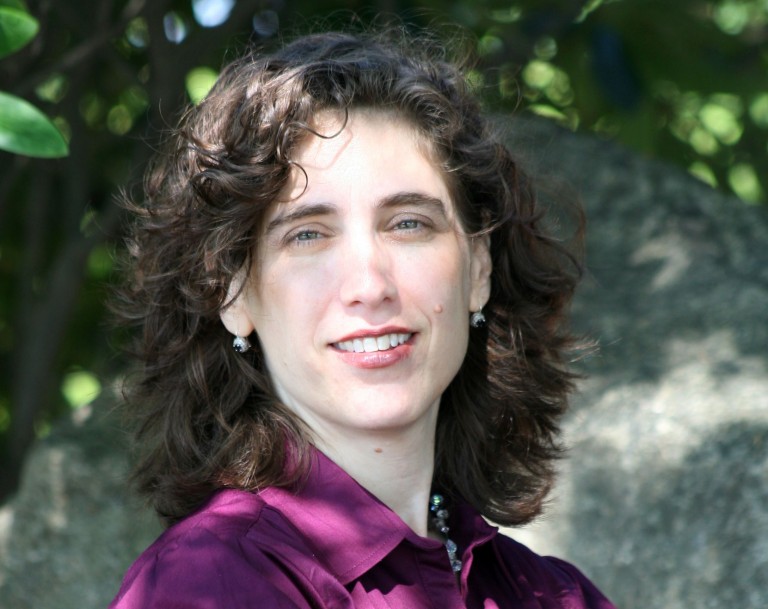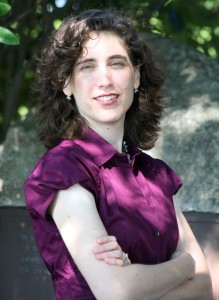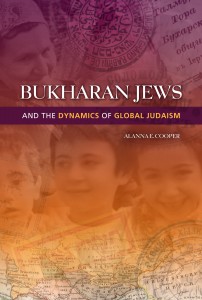When Alanna Cooper began teaching at a school for immigrants in Forest Hills in the early 1990s, she did so because she, then a Columbia University graduate student, wanted to conduct research on Russian immigrants – many of whom had been seeking new roots in Queens during the mass political upheaval engulfing their home country. The school, gone by the mid-90s, catered specifically to Russian-Americans, and Cooper was looking forward to meeting people who could help her navigate around their community that was anchoring much of itself in the borough’s central neighborhoods.
Cooper, now an anthropologist and cultural historian, did end up meeting many students originally from Russia – but they were not at all what she was expecting. The pupils were Bukharan Jews – a population she, like many others, had never before had contact with and which had been cut off from other Jewish groups for more than 2,000 years while living in Central Asia. There, in places like those now known as Uzbekistan and Tajikistan, the Bukharans survived invaders, war, and brutal oppression. Eventually, it was the civil unrest and economic decline following the collapse of the Soviet Union that prompted most of the Bukharan population to uproot themselves from their homes, many of which were along the Silk Road, and move to Israel and New York – with approximately 40,000 individuals settling in Forest Hills and Rego Park.
“It opened up a whole other view for me on what the Soviet experience was,” said Cooper, who will speak about her new book, “Bukharan Jews and the Dynamics of Global Judaism,” at the Central Queens YM & YWHA in Forest Hills at 1:30 pm on Monday, May 6. “As an Ashkenazi Jew, it was so interesting to me to understand how different and diverse the Jewish world actually is.”
The time spent at the Forest Hills school inspired her to launch her research on Bukharan Jewish culture and history – which sent her around the world to talk to Bukharans before they emptied out of Central Asia almost entirely. More than 90 percent of the approximate 120,000 Bukharans who lived in Central Asia at the time of the Soviet collapse emigrated to Israel or the United States.
“When I met a lot of people who had family in Central Asia, they told me I had better go there quickly because everybody was leaving,” said Cooper, who has held research and teaching positions at Harvard University, University of Massachusetts, University of Michigan, and Boston University. “I went over there to find out what life was like for people living in Central Asia, to learn about the story of their history and culture that has such a long background with so much baggage and so many layers.”
The Jewish population in Central Asia made up one of the oldest Jewish settlements outside of Palestine, dating back to the Babylonian exile of 586 B.C.E., and are considered to be one of the oldest ethno-religious groups of Central Asia. Jews from such countries as Iraq, Iran, Syria and Morocco ended up in Central Asia as well, often after taking the Silk Road, and Jews who fled Spain during the Spanish Inquisition are also documented to have joined the Central Asian community.
“The Bukharan Jews have had so many different experiences,” Cooper said. “They’re known for building the Bukharan Jewish quarter in Jerusalem in the late 1800s, then in the 1920s many Bukharans spent time in Afghanistan before going to Israel, and they lived through the whole Soviet experience. One of the interesting aspects of the community is they’ve had many different, disparate experiences. It’s led them to question what the Bukharan experience is. What is a Bukharan Jew It’s a very complex question.”
And that question continues to be a complicated one for Bukharans in Queens. For example, there have been tensions between Bukharans and some of their neighbors over some Bukharans building larger houses – particularly in the Cord Meyer section of Forest Hills – which some Bukharans say is needed to support large families but which others in the neighborhood say are out of character with the area’s architecture. Additionally, Cooper noted the Bukharan community was thrust into the spotlight during the trial of Marina Borukhova, a Bukharan doctor originally from Uzbekistan who was convicted of hiring her cousin to shoot and kill her husband, Daniel Malakov, a dentist, at a playground in Forest Hills in 2007. The shooting occurred in front of the couple’s 4-year-old daughter, over whom they had been fighting for custody.
“It got so highlighted as a Bukharan Jewish case – they happened to be Bukharan, but it’s not representative of the community,” Cooper said. “I think they’re a misunderstood community. The press has latched onto the strange difficulties the community has had, but what’s left out of the story is what the culture these people have come over with and what they’re adding to the American society.”
Cooper’s talk on Monday, May 6 at 1:30 pm will be at the Central Queens Y, which is located at 67-09 108 St. in Forest Hills. The event is open to the public, with a $6 donation suggested. More information about the event is available by calling (718) 268-5011, ext. 151, visiting www.cqy.org or emailing pkurtz@cqy.org.
By Anna Gustafson



